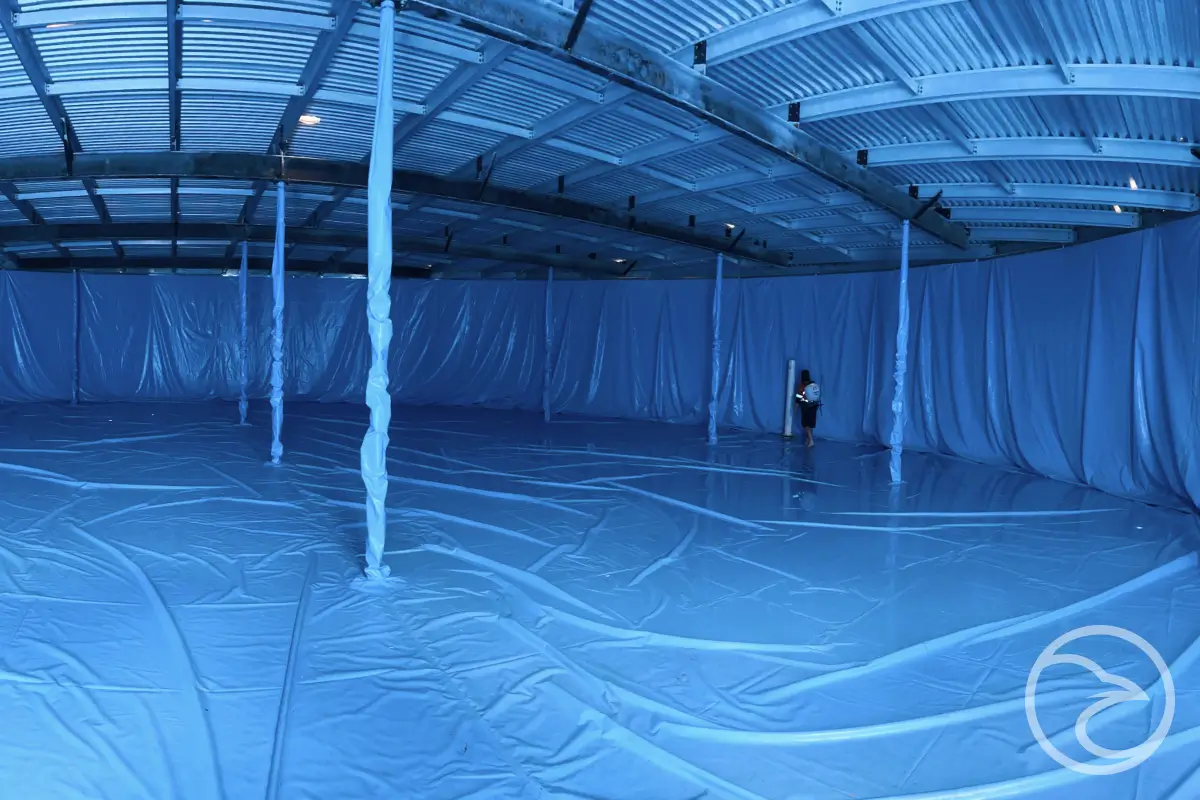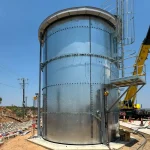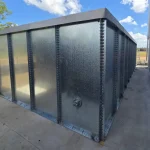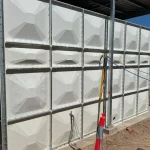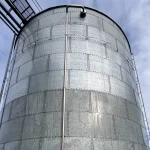Fire water storage tanks are critical for facility safety, providing immediate water supply during emergencies. However, without proper tank linings, these systems are vulnerable to corrosion, leaks, and contamination. A professionally installed lining can extend the lifespan of fire tanks up to 30 years, ensuring compliance with U.S. fire safety regulations and reliable performance when needed most.
In industrial and commercial applications, industrial panel tanks with fitted liners have become a preferred solution because they combine structural strength with flexible protection.
Fire Tank Leak Detection: Methods and Importance
Leaks are among the most dangerous risks in fire protection tanks. Modern fire tank leak detection includes:
- Visual inspection of welds, seams, and liners.
- Drone surveys for hard-to-reach areas in large tanks.
- Hydrostatic and vacuum tests to identify micro-leaks.
Detecting leaks early prevents costly water loss, avoids structural damage, and ensures compliance with U.S. fire codes and NFPA standards.
Cleaning Fire and Drinking Water Tanks
Over time, sediment, algae, and rust accumulate inside tanks. Solutions include:
- Internal cleaning using vacuum and suction systems.
- High-pressure jet washing compatible with potable water tanks.
- Disinfection with safe, approved chemicals.
Routine cleaning maintains water quality and prolongs liner life.
Choosing the Right Liner Material: PVC vs. HDPE
When selecting a liner, facility owners often ask: Which is better, HDPE or PVC?
- PVC liners are affordable, flexible, ideal for drop-in tank lining solutions. Lifespan: 10–15 years.
- HDPE liners are tougher, more resistant to chemical exposure, lifespan of 20+ years.
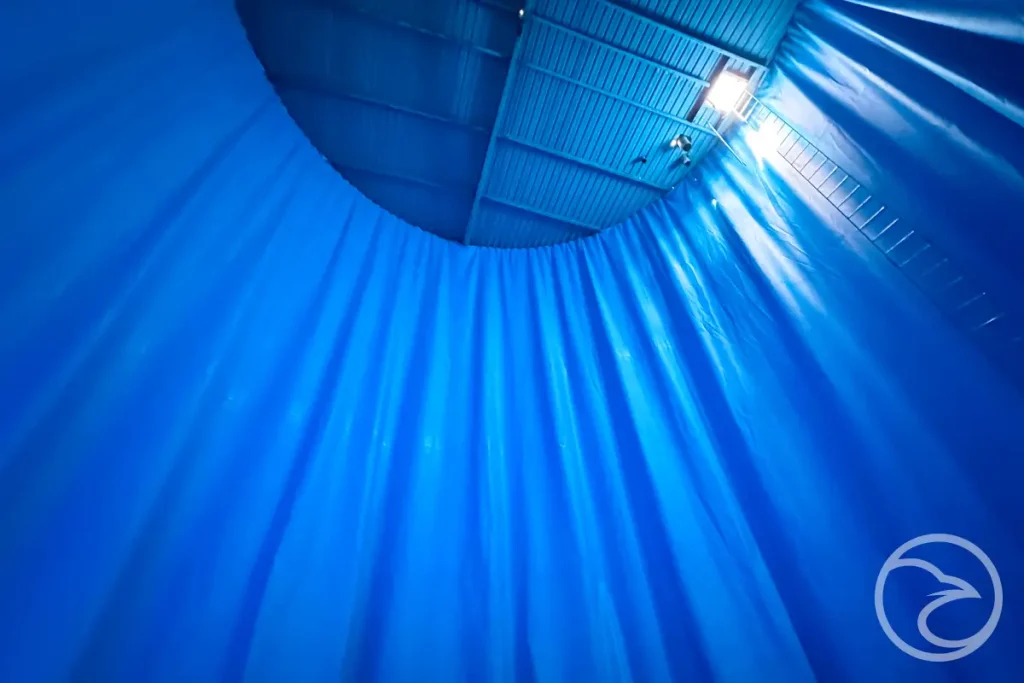
Longevity and Cost of Tank Linings
- How long does a PVC pond or tank liner last? → Typically 10–15 years, depending on thickness and exposure.
- Fire water tank linings can last up to 30 years with proper maintenance.
By refurbishing tanks with new linings instead of replacing the structure, facilities save both time and money.
Fire Tank Refurbishment and Compliance
Regular refurbishment is essential to maintain compliance with NFPA guidelines and local fire marshal requirements. This includes:
- Resealing seams and joints.
- Installing new potable-grade liners.
- Cleaning, repainting, or replacing roofs.
- Leak-proof testing before recertification.
Facilities that neglect refurbishment risk non-compliance, fines, and operational downtime.
Conclusion
From fire tank leak detection to industrial panel tanks with long-lasting liners, the right approach ensures safety, compliance, and cost efficiency. Whether for firefighting systems or potable water storage, investing in high-quality linings, regular cleaning, and refurbishment protects both assets and people.
By understanding material choices, lifespan expectations, and compliance standards, facility owners in the United States can make informed decisions that extend tank life and secure reliable water storage for decades.
